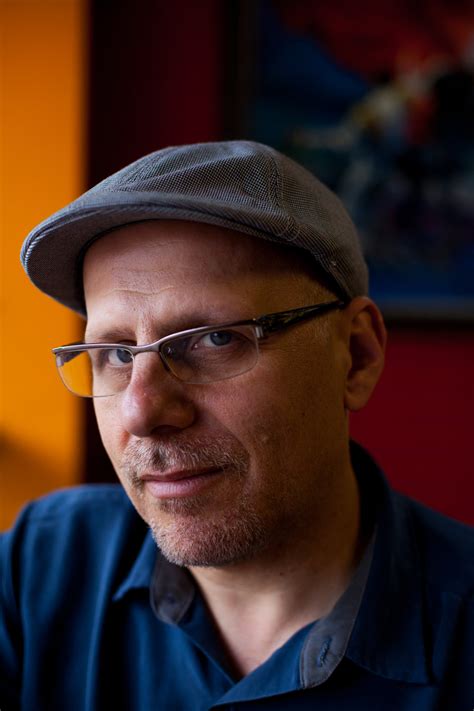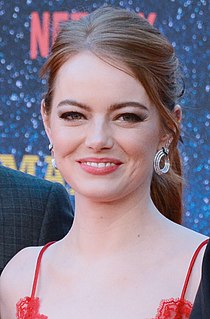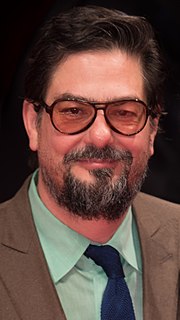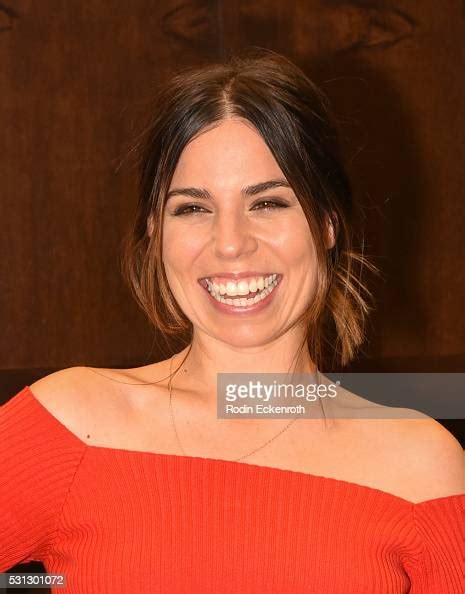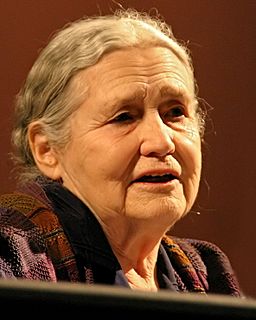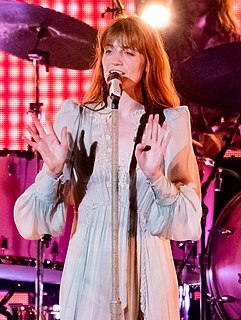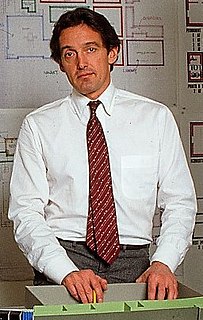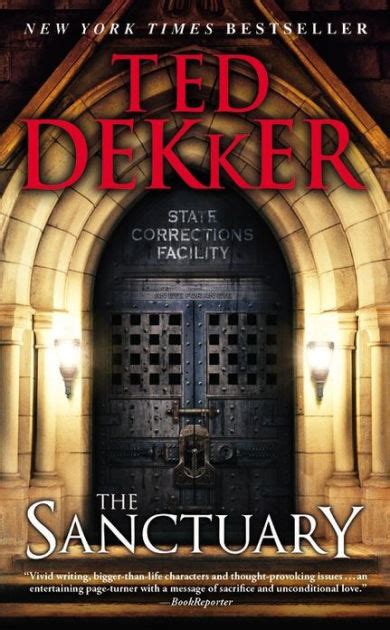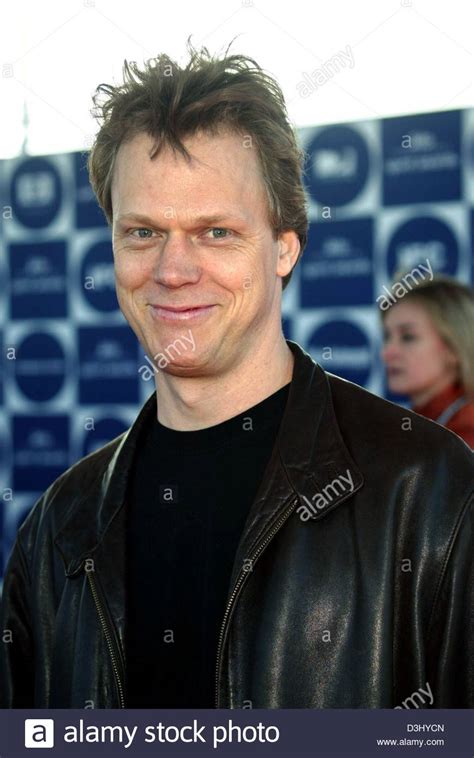A Quote by Veena Sud
Before I write anything, before I create any assumption in my mind about what it's like to be in that world, I go out there first. I'm very drawn to darkness and light, very drawn to cop drama, because there are very few places besides war and murder and a homicide investigation where you see the extremes of human nature - the darkest crevices and cracks in what people do to one another.
Related Quotes
Another argument of hope may be drawn from this-that some of the inventions already known are such as before they were discovered it could hardly have entered any man's head to think of; they would have been simply set aside as impossible. For in conjecturing what may be men set before them the example of what has been, and divine of the new with an imagination preoccupied and colored by the old; which way of forming opinions is very fallacious, for streams that are drawn from the springheads of nature do not always run in the old channels.
The late British-born philosopher Alan Watts, in one of his wonderful lectures on eastern philosophy, used this analogy: "If I draw a circle, most people, when asked what I have drawn, will say I have drawn a circle or a disc, or a ball. Very few people will say I've drawn a hole in the wall, because most people think of the inside first, rather than thinking of the outside. But actually these two sides go together--you cannot have what is 'in here' unless you have what is out there.' " In other words, where we are is vital to who we are.
I do find that I'm drawn to people in my life, romantically or not, that have something to teach me. I'm drawn to people who I feel like I can learn from. I'm not really drawn to toxic people - I don't find myself discovering that someone in my life is toxic very often. But there is some sense of being changed by each person that I think I'm drawn to.
I was working in this very bombastic style. I didn't really know about style. I didn't think about it: I did what I was interested in, what I was attracted to, what I was drawn to. I was drawn to color, and I was drawn to humor, and I was drawn to sexuality and spontaneity. It was all really intuitive. I never really thought, "Well this is the style...
I would love to bring to light, besides just educating about Lyme in general, that it's a very complicated disease and it's very, very scary for the people who are dealing with it because your insides don't match your outsides. That can be very infuriating because people would say, "You look great." And you're like, I can't even carry on a conversation with you right now.
It's very enigmatic because of course, the population [of North Korea] has no contact with the world outside or it's very, very limited. They don't have any telephone connections, no radio, no TV, no movies, no newspapers - nothing from the outside world. This is very strange and there's the very strict, unifying government that forces you to be in step. You see it in the stadium where the spectators create, by flipping cards, an image of the dear leader, or of the volcano, and it's made of a 100,000 human pictures.


